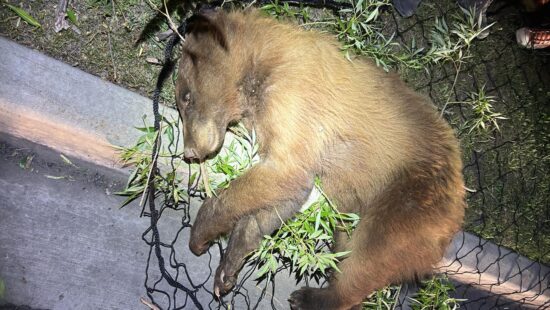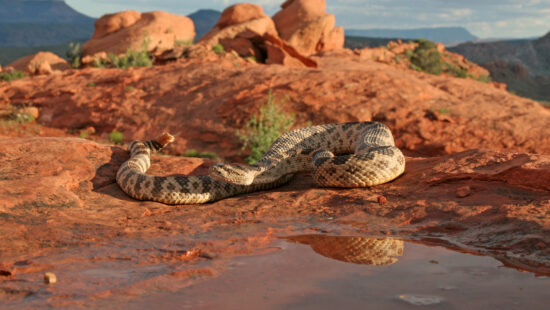Wildlife
Bat Appreciation Day: Celebrate Utah’s 18 species of bats
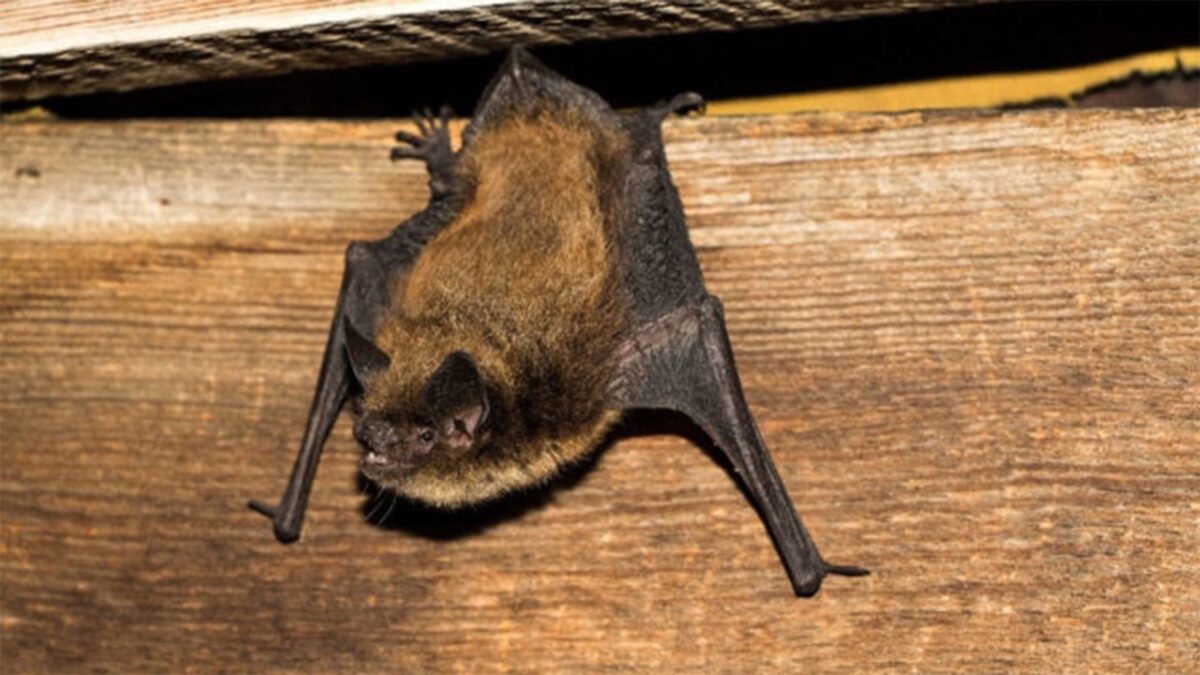
Bats are unique in that they are the only mammals capable of true flight. Photo: courtesy of Utah State University.
UTAH — Among mammals, bats are unique in that they are the only ones capable of flight. Utah is home to 18 species, with the big freetailed bat being the largest, with a wingspan of 17 inches and a weight of less than one ounce. In contrast, the smallest species, the western pipistrelle, is around the size of a hummingbird, weighing one-tenth of an ounce.
For many, the greatest benefit of having bats in the area is their propensity to consume anywhere from 30-100 percent of their body weight in insects each night. At its peak, that could equate up to 1,000 mosquitos per hour.
A diagram of a bat’s anatomy shows its highly evolved and specialized characteristics. Bats have a thumb and five additional fingers spread across their bodies. Their fingers are connected by a membrane that is used in flight. Their bodies are covered in hair. Bats do have exceptional eyesight in addition to the use of echolocation.
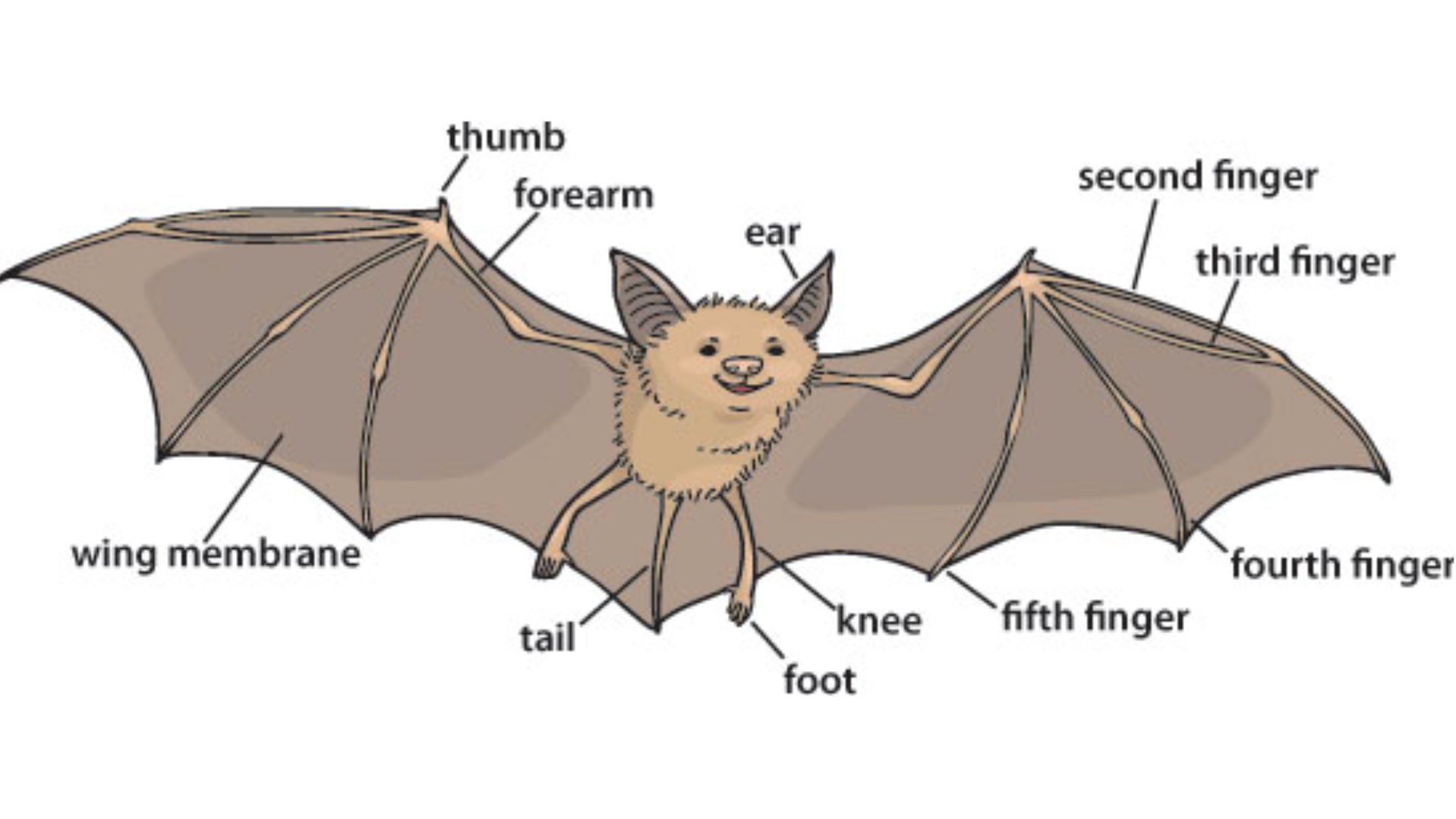
All bat species are protected under Utah state law. While there can be conflict between humans and bats, building roosts for them can be mutually beneficial. It can also encourage them to roost in appropriate areas and not inside homes.
While a common association, the truth about the connection between bats and rabies is that less than 10 percent of bats at most carry the disease. Still, if bitten, seeking medical attention is highly encouraged if for no other reason but to rule out the infection.
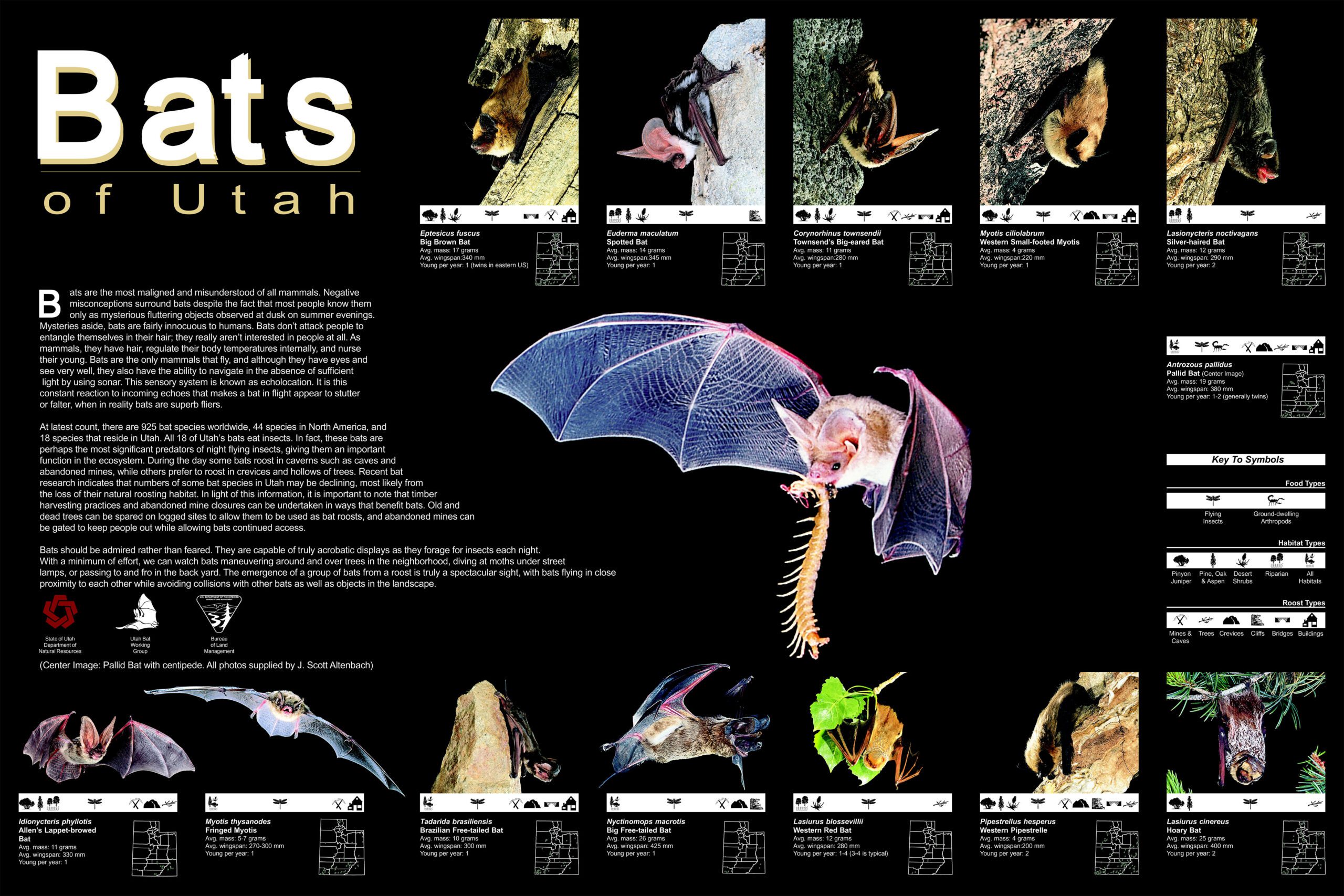
See the Wild Aware Utah website for more information on living with bats.
Celebrate #BatAppreciationDay by admiring these amazing creatures with us! 🤩
Bats play a crucial role in our ecosystem. Of the earth’s 950 bat species, there are about 18 that live in Utah
Learn more: https://t.co/nitUsCymMt@BLMNational | @Interior | #Bats pic.twitter.com/9MTLZmqVLv— Bureau of Land Management Utah (@BLMUtah) April 17, 2023
It’s #BatAppreciationDay and boy, do we appreciate these cool creatures of the night! Enjoy some photos of these little bug-snatchin’ sky puppies. 🦇🖤 pic.twitter.com/8KBTZ8JDJQ
— UtahDWR (@UtahDWR) April 17, 2023
















